Often praised for its adaptability, fiddle leaf fig has earned a reputation as a beautiful, low-maintenance plant. However, every seasoned plant parent knows that even the most resilient plants can have watering issues.
In this guide, we’ll answer every question you have about watering fiddle leaf figs, from how often they should be watered to what water is the best to use
How often should fiddle leaf figs be watered?
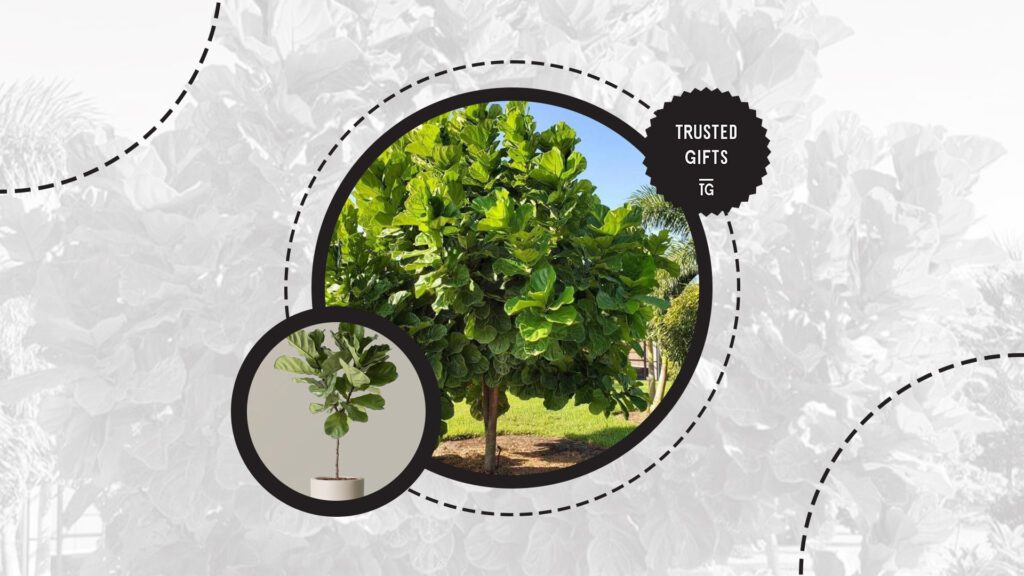

Fiddle leaf figs typically should be watered once every 2 to 3 weeks in summer and once every 4 to 5 weeks in winter, depending on the temperature, humidity, light, size of the pot, and size of the plant.
It’s always best to base your watering routine on the soil condition instead of following a strict calendar-based watering schedule. Only water the plant when the top 1 to 2 inches of the soil feels dry to the touch to avoid overwatering.
Factors Affecting the Watering Frequency of Fiddle Leaf Figs
Light Exposure
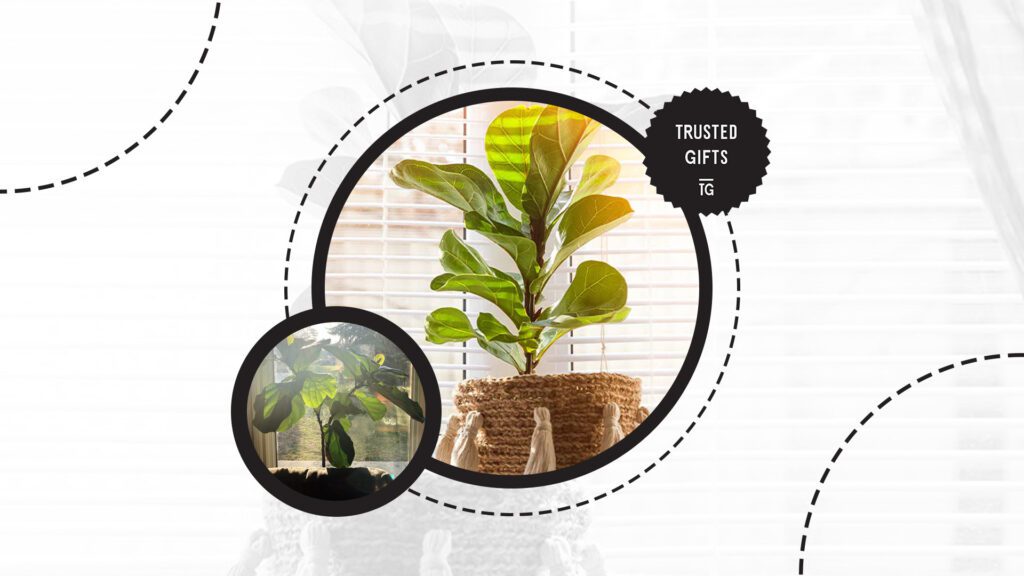

Light exposure is a critical factor in determining how often fiddle leaf figs need to be watered. Brighter and more intense light promotes faster evaporation, resulting in the soil drying faster and more frequent watering.
Additionally, fiddle leaf figs in well-lit environments often produce new leaves and branches faster. This increased growth further elevates the plant’s need for water, especially during the growing season, resulting in more frequent watering.
If your fiddle leaf fig is placed somewhere that receives bright, indirect light, you can expect to water it once every week. In low-light conditions, you might only need to water it once every two to three weeks.
Temperature
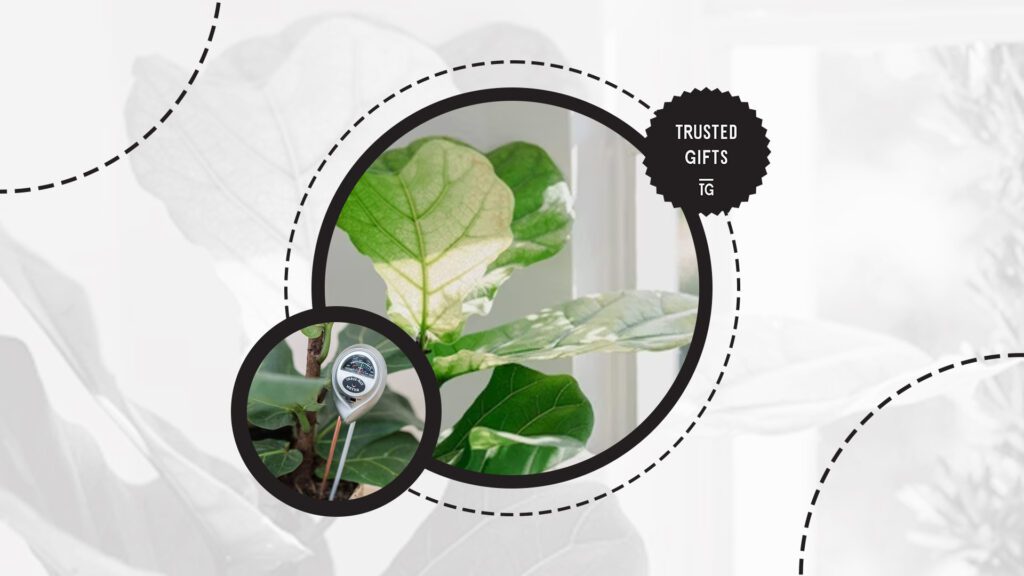

Similar to light exposure, temperature can affect evaporation and transpiration, the process by which plants release water vapor into the air.
In warmer conditions, the soil of your fiddle leaf fig will likely dry out faster, so it’ll need more frequent watering to compensate for the faster moisture loss.
During winter and autumn, you won’t have to water the plants as much as you do during spring and summer. The soil will retain enough moisture, and the plant is in a dormant state, so it won’t need lots of water.
Humidity
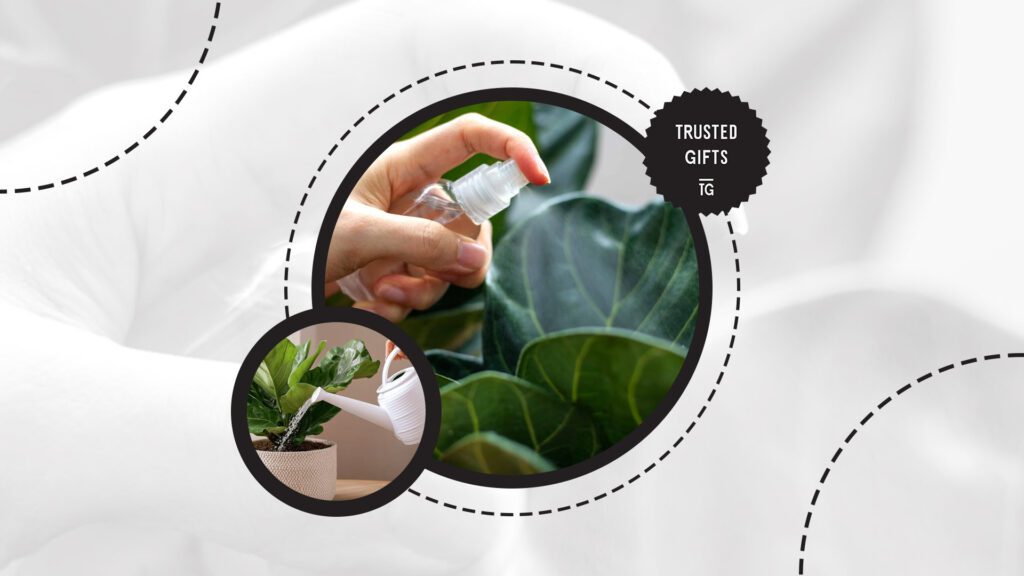

Fiddle-leaf figs are native to the rainforests of Western Africa, so they prefer to grow in highly humid conditions. If grown in an environment with 40% to 60% humidity, you can water it once every one to two weeks.
In environments with higher humidity, soil retains moisture longer, so the soil dries out more slowly. This can potentially result in less frequent watering of fiddle leaf figs.
In contrast, lower humidity levels force the plant to draw moisture from the soil more rapidly. This makes the soil dry quicker than usual, and the plant could show signs of stress if the watering frequency is not adjusted to the environment.
Pot Size and Type
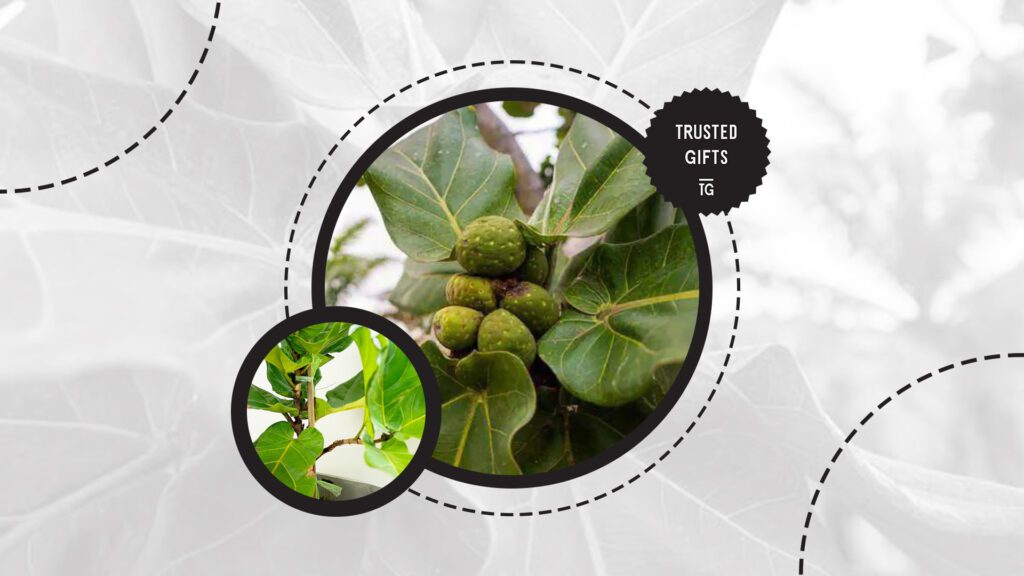

Porous pots, such as terracotta or ceramic ones, with drainage holes typically help the soil dry out faster, so watering for fiddle leaf figs planted in them will be more frequent. Plastic pots with no drainage holes trap water in the pot, so water them less.
The pot’s size will also play a huge role in determining how often fiddle leaf figs need to be watered. Larger pots generally contain more soil, so they can hold moisture for a more extended period and would need far less watering than smaller pots.
Soil Composition
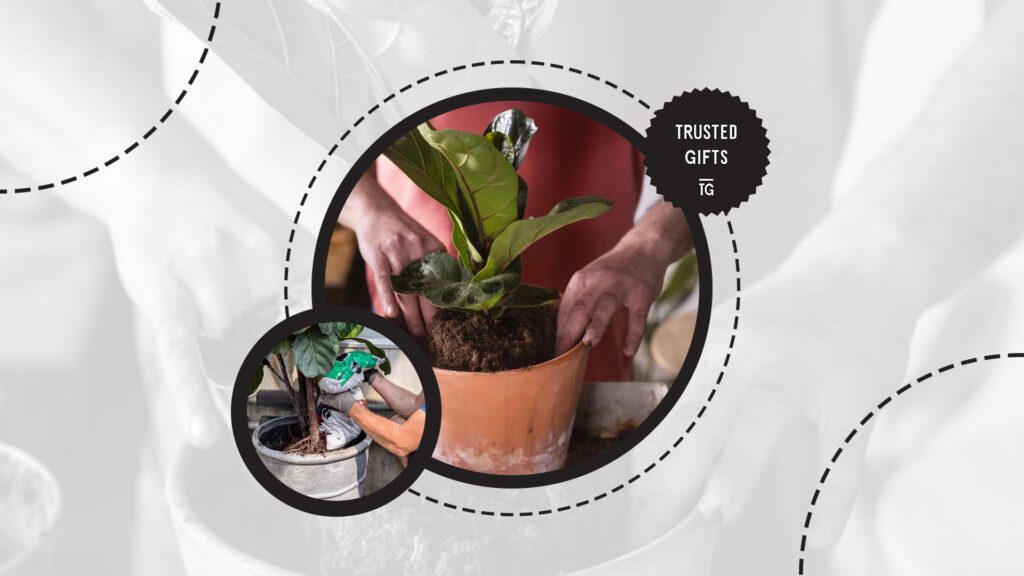

Certain soil mix ingredients can significantly affect how much moisture the pot retains, indirectly affecting how frequently you’ll need to water your fiddle leaf figs.
Clay soil is generally heavier and denser than loam and sand, so it retains more moisture than necessary. Watering frequently when you use this type of soil can result in overwatering, which can be fatal for your fiddle leaf figs.
Ingredients like perlite, vermiculite, pine bark, and sand can drastically improve the soil’s drainage. This means soil mixes with a lot of these ingredients will naturally need less frequent watering.
Plant Size and Age
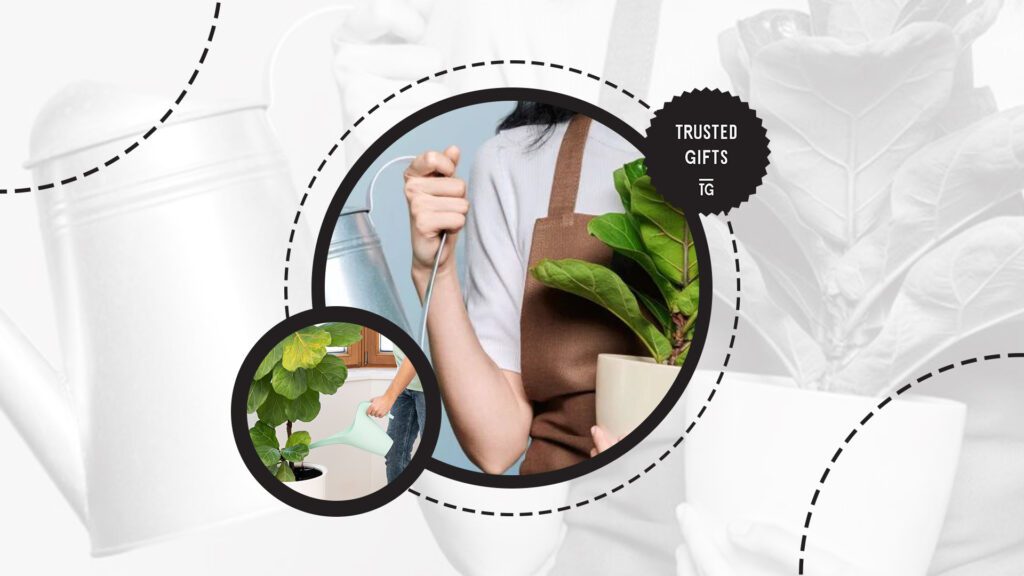

Younger or smaller fiddle leaf figs tend to absorb less moisture because they have a smaller root system. Because of this, smaller fiddle-leaf figs usually need more frequent watering than mature fiddle-leaf figs.
Larger fiddle leaf figs are also often planted in bigger pots, so they have more soil to retain water. The water retained by the soil will be enough to keep the fiddle leaf fig happy for a few days.
When is the best time to water fiddle leaf figs?
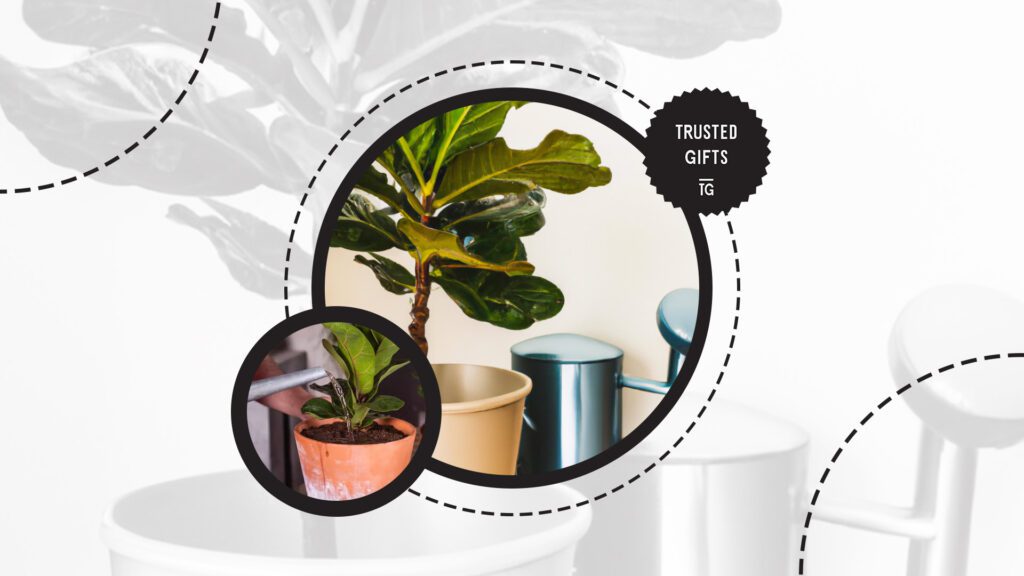

The best time to water fiddle leaf figs is typically in the morning. This gives the fiddle leaf fig ample time to absorb as much water as it needs for its metabolic processes.
The intense sunlight and temperature in the afternoon may make the evaporation process quicker, not giving the fiddle leaf fig enough time to absorb moisture.
Watering in the morning will also help prevent fungal diseases and mold growth in the soil. The leaves would’ve already dried before the cooler evening temperature set in, making them less attractive to fungi.
What water should be used when watering fiddle leaf figs?
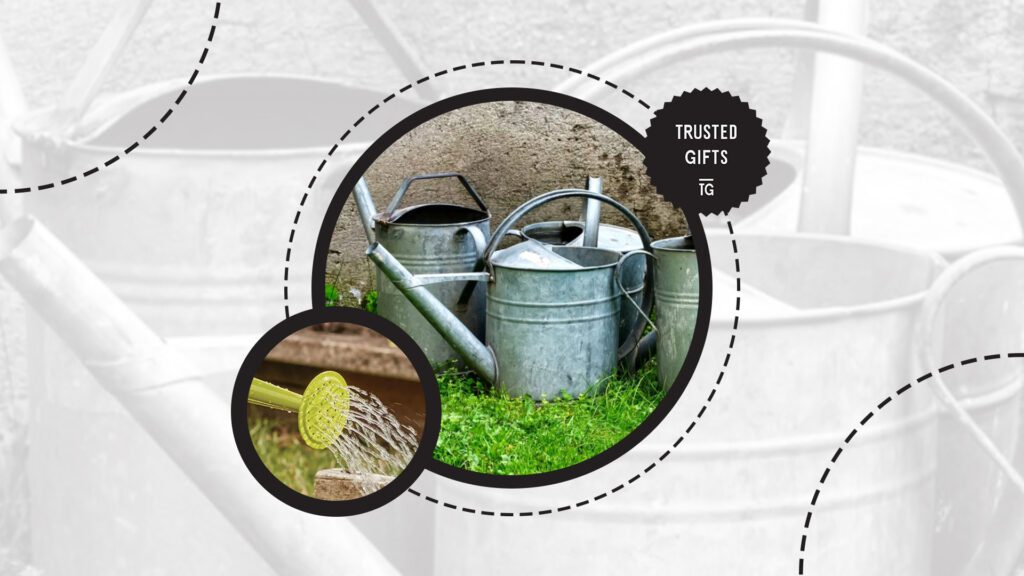

Filtered, distilled, or rainwater that’s room temperature is the best water to use for fiddle leaf figs. These types of water are free from minerals and harmful chemicals like chlorine.
Tap water can be used, but make sure to let it sit for a day before using it to water your fiddle leaf figs. This will help ensure that the chlorine and fluoride content of your tap water has evaporated.
Do not use softened water because it usually has high sodium content. Excess salt in the soil can burn the roots and hinder your fiddle leaf fig’s ability to absorb moisture and nutrients.
How much water should be used when watering fiddle leaf figs?
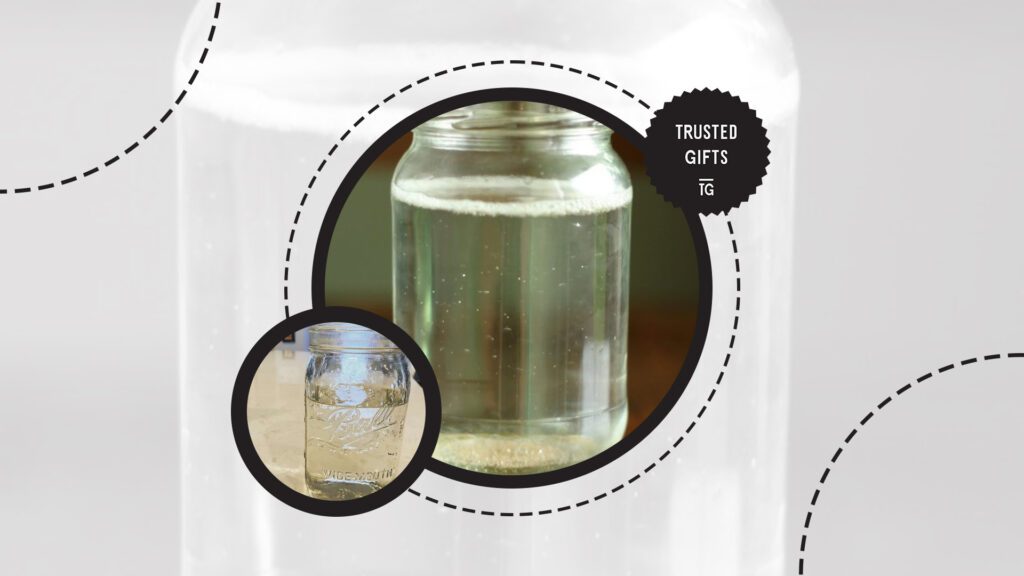

There’s no one-size-fits-all amount of water needed when watering fiddle leaf figs. It will depend on the soil composition, pot size, and plant size.
A good sign that you’ve already used enough water for your fiddle leaf fig is if you see water dripping down from the drainage holes. Just make sure you watered the soil evenly instead of focusing on just one part.
Signs of Overwatering
Yellowing Leaves
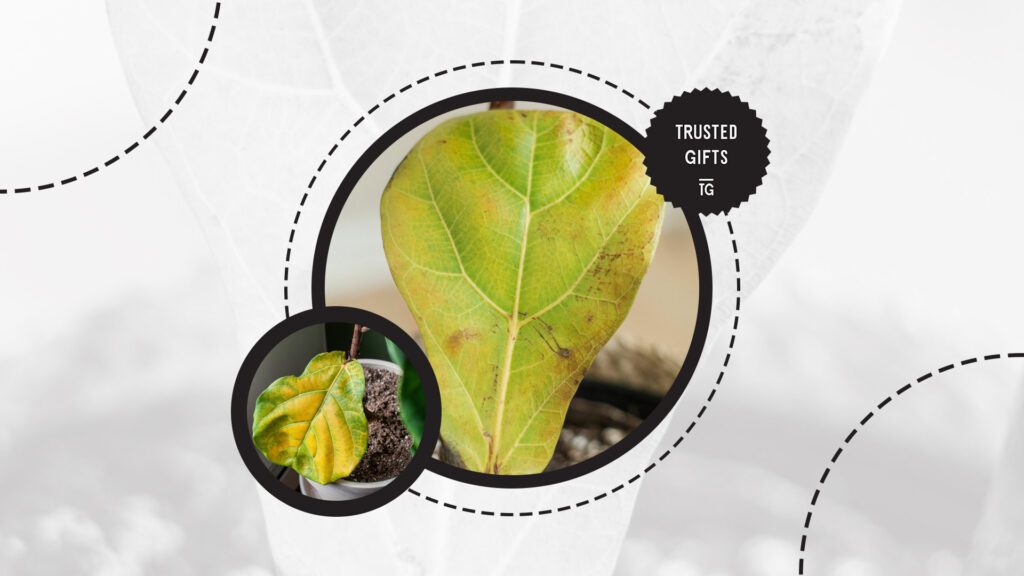

One of the early and most common signs of overwatering is yellowing leaves. This is an indication that the plant’s roots are stressed and aren’t getting enough nutrients and oxygen.
When the plant is consistently overwatered, the soil becomes waterlogged and compact. This leads to a lack of oxygen in the root zone, which can damage the roots and cause yellowing leaves.
Brown Spots on Leaves


When you constantly overwater your fiddle leaf figs’ soil, you’re creating a favorable environment for harmful fungi and bacteria to grow in the soil. These pathogens will target the roots and hinder their ability to absorb nutrients and moisture.
If the plant cannot produce enough resources for its leaves, some of them will die. Browning is often an indication of a dying leaf.
Foul Odor
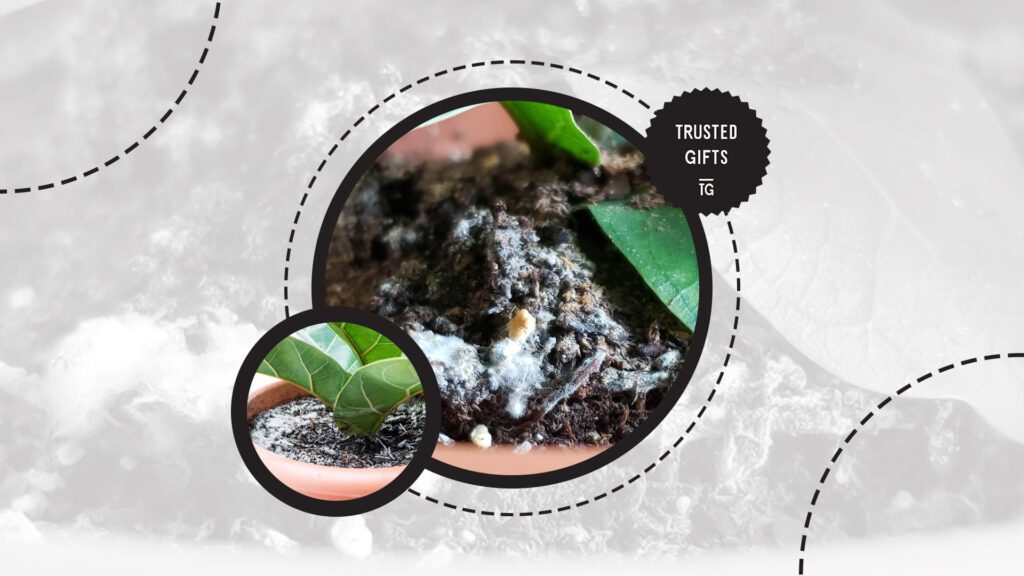

Overwatered soil is likely to emit a foul odor because of the growth of bacteria and fungi in the soil. Mold is also likely to grow when the soil is excessively moist, contributing to the foul smell coming from the plant.
Signs of Underwatering
Wilting Leaves
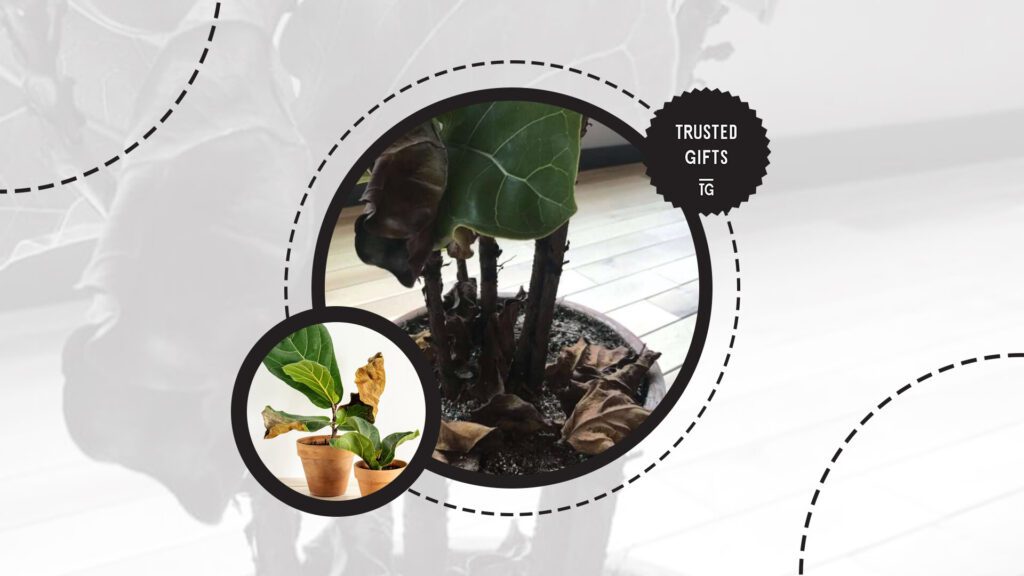

Water creates pressure that helps fiddle leaf fig’s leaf cells to remain firm and intact. When you underwater your fiddle leaf fig, cells start to lose pressure, causing the leaves to wilt and become droopy.
If you continue to underwater it, the leaves will eventually drop to help the fiddle leaf fig prioritize newer leaves.
Leaf Curling
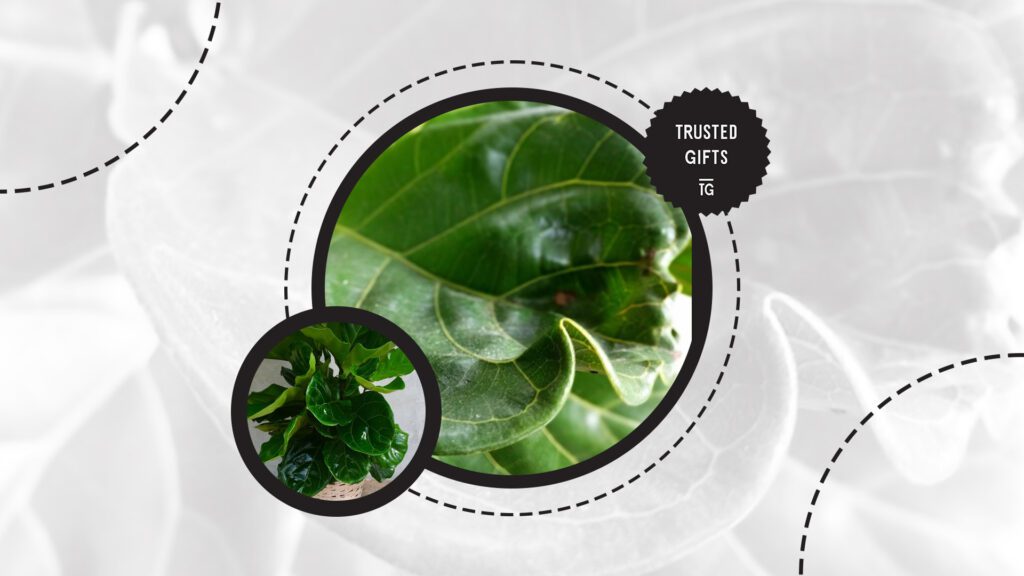

Curling leaves are one of the biggest indicators that your fiddle leaf fig is under-watered.
Your fiddle leaf fig will try to conserve water since it isn’t receiving much. To do this, the leaves of your fiddle leaf fig will curl inward to minimize the surface level exposed to the sun and slow down transpiration.




